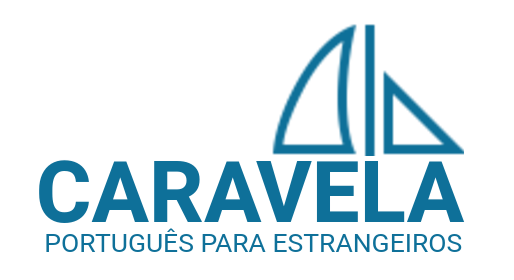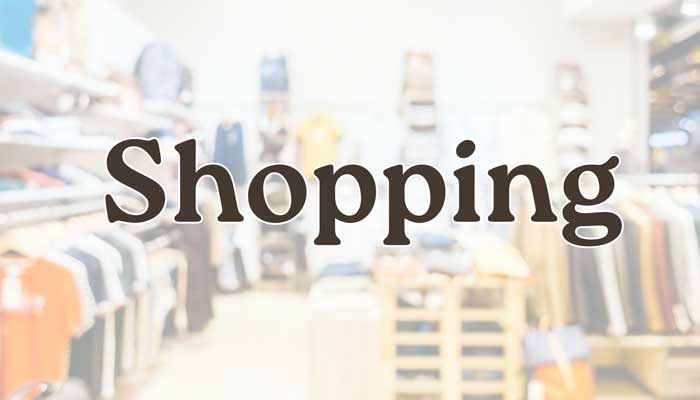In this issue, as in others, people are divided into two camps. Some adore shopping, planning, choosing, touching new things, while others consider it a real torture and try to make purchases as quickly as possible or even not leave the house, but make purchases online. Especially when we are not talking about furniture or interior items, but about clothes that need to be tried on, which may fit poorly or just look bad. Abroad, for both categories of people, this process is complicated due to the language barrier. Therefore, today we will discuss the basic information that will help you shop in Portugal faster.
How may also want to check this post: Health Status
Clothing items
Before delving into details, it is necessary to learn how the main clothing items will sound in Portuguese. When the store assistant asks “Posso ajudar?” (Can I help?), you can confidently answer “Sim, pode!” (Yes, you can!). And when she asks “O que procura?” (What are you looking for?), you can name a clothing item from the list below:
- o casaco (jacket), a gabardine (raincoat), a camisola (sweater), o vestido (dress),
- as calças (pants), os calções (shorts), a saia (skirt), as calças de ganga (jeans)
As for small details from the wardrobe, they are called in Portuguese as follows:
- o gorro (hat), o boné (cap), as meias (socks),
- as meias-calças (tights), o cachecol (scarf), as luvas (gloves)
You also need to have some orientation in types of footwear, so let’s remember:
- os ténis (sneakers), os sapatos (shoes), as botas (boots), as galochas (rain boots), as sandálias (sandals)
Characteristics
Here immediately come to mind color, size and material. Since not all of our students are Europeans, we are obligated to immediately mention the clothing size system. Don’t forget that sometimes the label shows the size according to the sizing system of the country where the clothing was produced.
So, the size chart for clothing in Portugal (and some other European countries) will be as follows:
| Size | Portugal |
| XXS | 40 |
| XS | 42 |
| S | 44-46 |
| M | 48-50 |
| L | 52-54 |
| XL | 56 |
| XXL | 58 |
| XXXL | 60 |
Vendedor: Qual é o seu tamanho? (What is your clothing size?)
Сomprador: O meu tamanho é o quarenta e dois. (My size is 42.)
Or you can answer briefly: É o quarenta e dois. (42)
Please note that the size is preceded by a definite article.
As for color, we will not be able to give a list of all shades in one article, but we will suggest the main colors. They are as follows:
- branco (white), preto (black), cinzento (gray), castanho (brown), amarelo (yellow),
- vermelho (red), verde (green), azul (blue), bege (beige), lilás (lilac), roxo (purple)
Pay attention to two colors that are built on the same principle, but are written differently:
- cor de laranja (orange), cor de rosa (pink)
Vendedor: De que cor o casaco procura? (What color jacket are you looking for?)
Сomprador: Gostava de azul. (I’d like a blue one.)
Necessary verbs
After you have chosen the item you like, the seller will offer or you will tell him that you want to try it on. And here you need to pay attention that many people are confused about two verbs: experimentar (to try) and provar (to try). So, remember once and for all that the verb “provar” is used only in relation to food and drink, and the verb “experimentar” is used for other situations. Both of these verbs are regular, so they are conjugated according to the general rule for verbs ending in “-ar”.
Vendedor: Aqui está o casaco azul do seu tamanho. (Here is a blue jacket in your size.)
Сomprador: Posso experimentar? (Can I try it on?)
Vendor: Claro. Provadores estão logo a frente. (Of course. The fitting rooms are right up ahead.)
Surely you noticed the inconsistency. To try on clothes, you use the verb “experimentar”, and fitting rooms are called “provadores“, from the verb “provar”. Just remember this strangeness as a given.
In this topic we will need the irregular verb vestir (to put on), however, it is only irregular for the pronoun “eu”, and the remaining forms follow the general rule for conjugating verbs ending in “-ir”.
| Verbo “vestir” | |
| eu | visto |
| tu | vestes |
| ele, ela, você | veste |
| nós | vestimos |
| eles, elas, vocês | vestem |
Vendedor: O que normalmente veste em casa? (What do you usually wear at home?)
Comprador: Normalmente visto calças e t-shirt. (I usually wear pants and a T-shirt.)
Vendedor: Temos roupa para casa noutra seção da loja. (We have home clothes in another section of the store.)
To say what a person is wearing right now, we can use the following construction: “ter + Participio Passado do verbo principal.” Participio passado is formed by removing the ending of the verb and adding another ending:
| Verb ending in the infinitive | Verb ending in Particípio Passado |
| -ar | -ado |
| -er | -ido |
| -ir | -ido |
A: O que tens vestido agora? (What are you wearing now?)
B: Tenho vestido umas calças de ganga e uma camisola. A camisola é verde. (I’m wearing jeans and a jacket. The jacket is green.)
In this same topic we will include several regular verbs that will be useful in this topic. For independent training, tilt them:
–AR: comprar (to buy), pagar (to pay), trocar (to replace), mudar (to change), encontrar (to find)
-ER: vender (to sell), devolver (to return), oferecer (to offer)
-IR: decidir (to decide)
If you make a purchase in an online store, you can pick up the goods at the “ponto de recolha” (pickup point) or order “entrega ao domicílio” (home delivery).
Conclusion
This topic is more pleasant for some than for others. However, all people need to go through shopping, whether we like it or not. Moreover, this topic can be expanded indefinitely, because in the store you can also talk about fabrics, brands, and so on in Portuguese. And you probably have a lot of questions and that’s normal. We are ready to answer them in our lessons.

